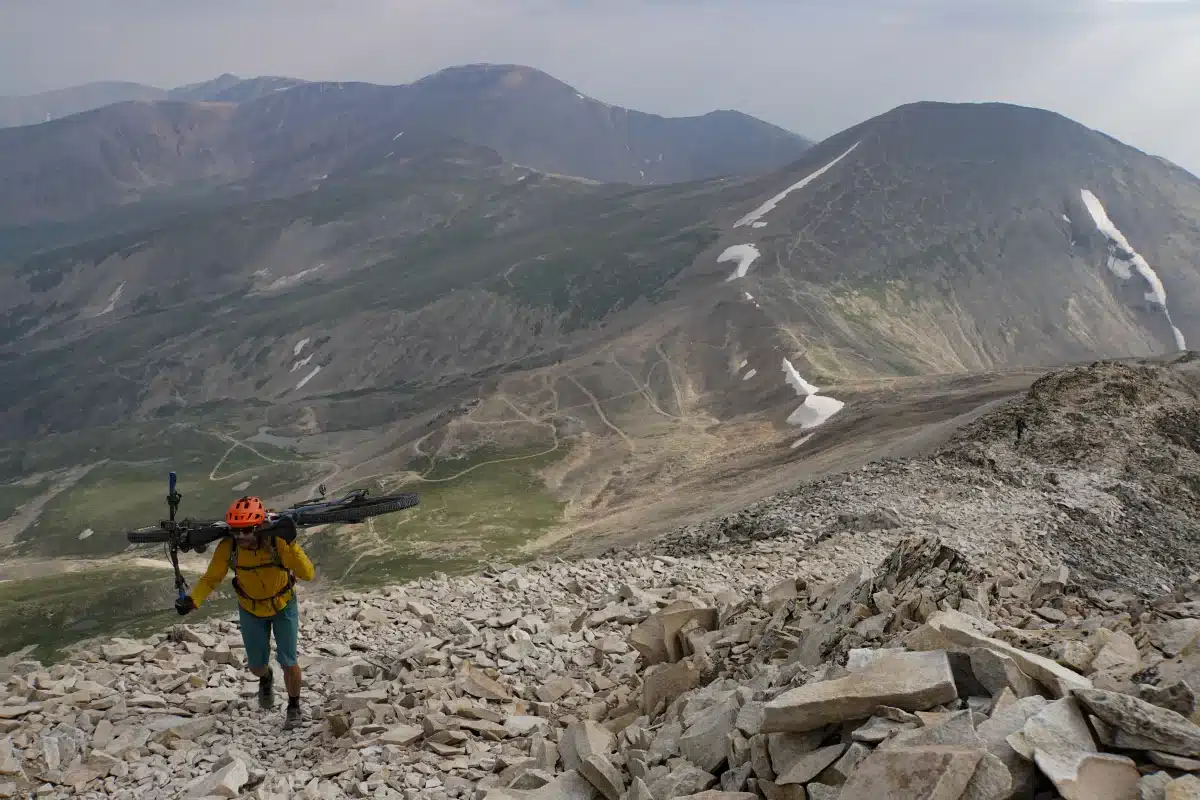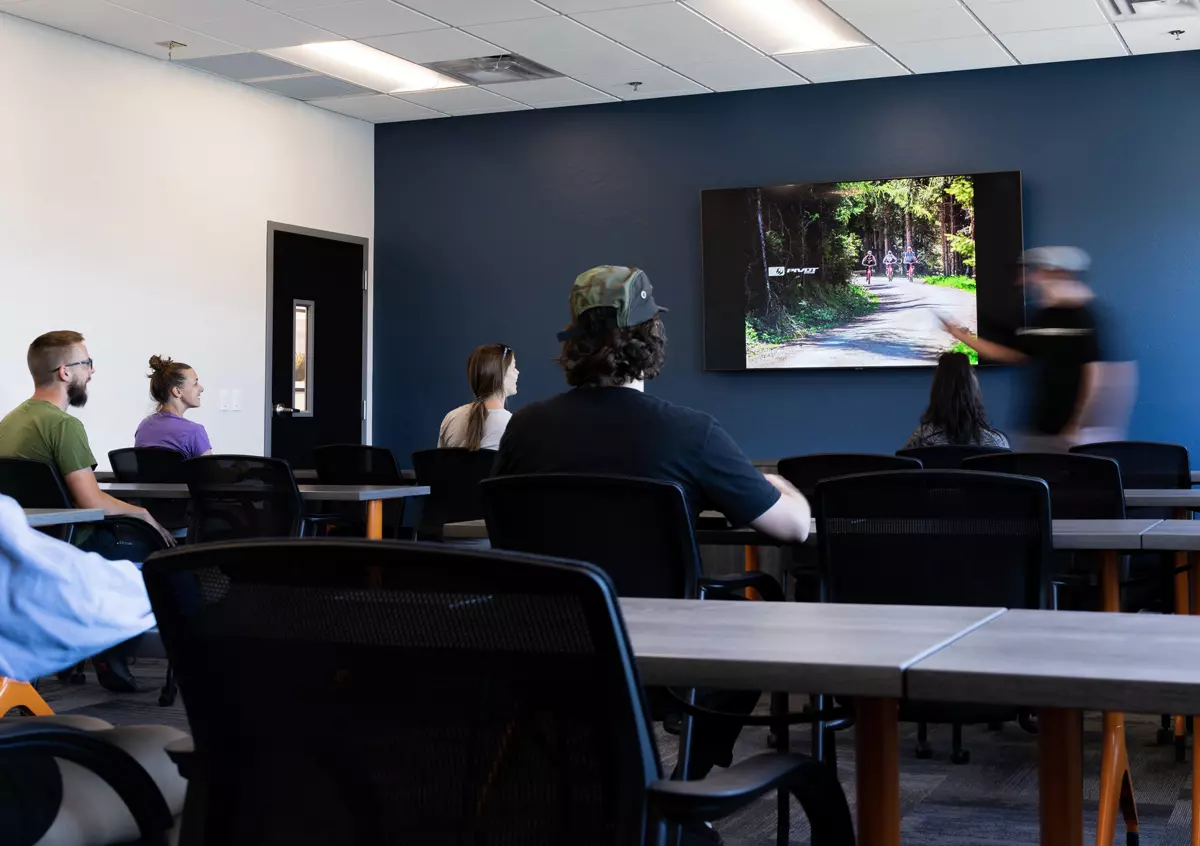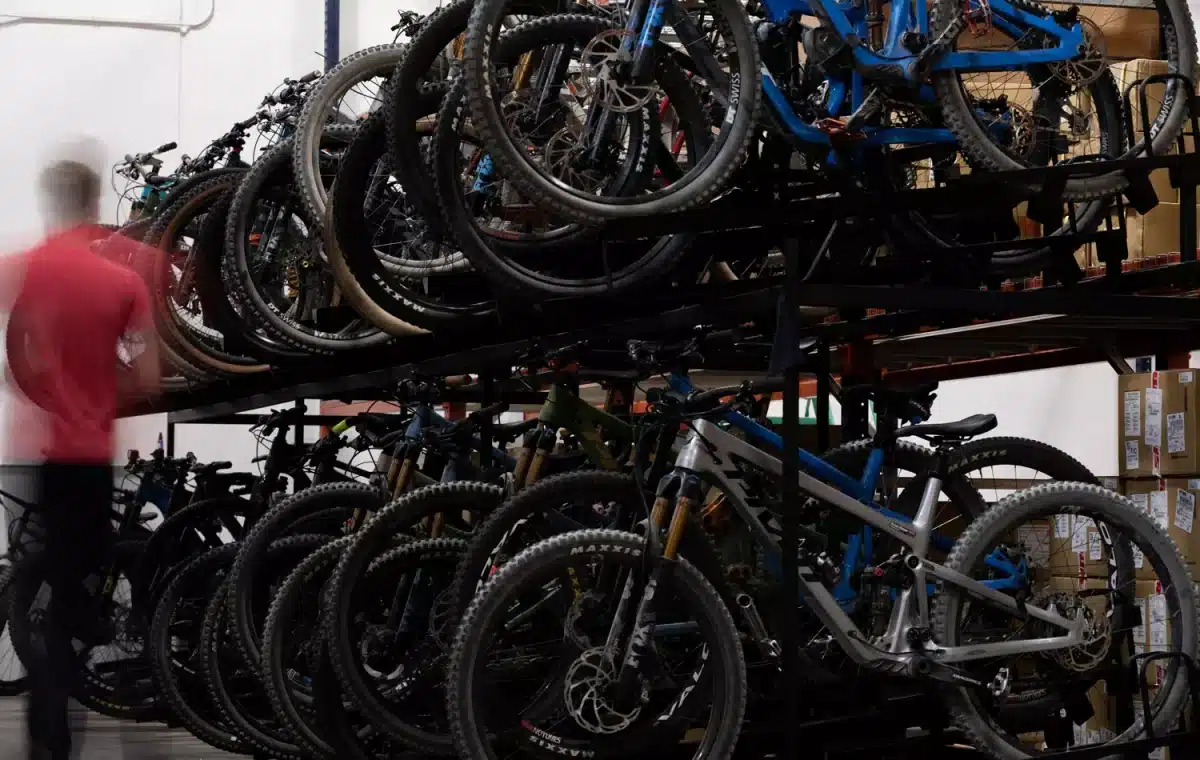Training for Ultras:
It's all about having fun, recovering hard, and normalizing difficult
Words & Photos by: Kurt Refsnider
Everything about ultraendurance events is just a big undertaking.
Beyond the actual event itself, there’s a huge investment in time and energy (both physical and mental) in the preceding months during training and preparation, and the recovery after the event is lengthy as well! And just like during long events, efficiency, having fun, and keeping motivation high are all crucial elements to the training and preparation.
Here I'll share a bit more about the cornerstones around which my own approach to getting ready for an ultraendurance event is built,
an approach that’s evolved over more than a decade of doing long races and seven years of coaching others to big goals in multi-day events. I’d also argue that all this can be applied to any type of race prep – none of it is exclusive to ultra-distance challenges.
It's not about how much volume you can cram in
Just because you’re training for an ultra-distance event doesn’t mean that you need to force as much time on the bike as humanly possible during training. That won’t make you faster. In most cases, it’ll just wear you down physically and mentally. A wiser approach includes a diverse suite of long, steady(ish) rides and quite a bit of moderate (and even high!) intensity training. The specifics of what that might look like depends on the target race, its physical demands, your training history, what else you have going on in life, and more.

Have fun - make the training process itself fulfilling and rewarding
There’s no better way to stay motivated for a few months of training than to have as much fun along the way as possible. For most riders, keeping workouts, ride goals, and ride routes varied and steadily changing helps tremendously. But beyond that, what else can be done to really have fun along the way? I strongly believe that the training process itself should be as fulfilling as possible, and when riders reach the end of that process, they should be proud of what they’ve done and what it took to get there.
How to make training fun will look different for everyone – some folks absolutely love chasing power numbers in very structured workouts. That’s great if it can work for you! But the reality is that most of us aren’t like that. Some of us love training with friends. Some thrive with a couple structured workouts a week and the rest of the rides being simply “fun rides.” I personally find the most enjoyment riding on challenging trail, but sadly, trail riding isn’t always the best for actual training per se. Despite that, I spend a lot of time doing interval efforts on rocky climbs. The power numbers sure aren’t “perfect,” but I find it all so much more inspiring than doing “perfect” intervals on the local paved climb. And I use bikepacking trips as ways of doing bigger rides into more remote and new-to-me places that I find especially inspiring and especially motivating.
My teammate Kait Boyle shares this about what keeps training fun:
“Rides with Hank [her dog] and/or rides that can meet the training objective without thinking about training – trail rides with friends or Will [her partner]. Rides on new-to-me trails, especially those that link known areas to make a bigger loop. Chasing Strava segments is motivating for me – a QOM or PR is a carrot to push hard and focus. And rides or workouts that work with the weather as much as is reasonable. Winter and the shoulder season is especially important for this – I want to ski when the skiing is good and ride when the riding is possible.”
Recover as hard as you train
Recovery is when our bodies actually rebuild and strengthen as a result of training stimuli. Training hard with minimal recovery time doesn’t necessarily result in fitness gains as large as one might expect. I strive for one complete rest day every week, and my training blocks tend to be ~2 weeks long with 4 days of dedicated recovery before beginning the next block. That helps my body keep up with all the riding, with everything else in life, and helps keep my motivation up by also letting my mind get a relatively frequent break from training. This is definitely a more recovery-heavy approach than many athletes and coaches follow, but I’m sold on it. And note that true rest days should be very restful – they’re not days to mow the lawn, run errands for hours, or go for a long hike with the dog. Rest!
Kait's approach is similar:
“I take at least 1 day completely off per week and 2 days completely off during recovery weeks, which tend to come every 2-3 weeks. In addition to the days off, I go on recovery rides that are basically just dog rides to move my legs in a pedaling motion, but they’re not exercise, and they make me happy because Hank is happy. I also work on my mobility and recovery through strength training, body work (rolfing), and PT. Most importantly, I take recovery days when I need them – when I feel foggy, when I can’t focus or motivate, when I’m stressed or didn’t sleep enough because of other life things, or when the weather is miserable and impossible to reasonably train in. By not forcing training, I recover and can do more the next day, or next week.”
Normalize difficult
This is where mental and physical preparation come together, and this is one of the most powerful training mantras and tools I’ve come up with. In short, the concept is to look at your goal race and identify what elements of it intimidate you the most. Which seem the most mentaly challenging, the most physically demanding, or technically difficult? Then set some of your training goals specifically around addressing what intimidates you. If you’re successful in this pursuit, some of the biggest challenges of the race will seem so much less so, allowing you to focus more on taking care of yourself and on having fun. And fun is fast!
One long event that stymied me several times before finally managing to win it was the Colorado Trail Race. In my prep for my 5th (!!) attempt at the race, I realized that it was the technically demanding 3,000- and 4,000-foot climbs that got to both my head and my legs. So I did a lot of training rides in terrain with long, chunky climbs, at all different intensities, and in all different weather. By the time the race rolled around, even the initial 6,000-foot climb seemed pretty dang reasonable. Normalize difficult.
Here's what Kait says about her approach to this:
“I think this mostly comes through training when tired – getting to a point physically where I’m not sure if I can do a certain ride at a certain pace, and I try it and do it anyway. It also comes through backcountry riding in places that are naturally rugged. I ride on horse, hiking, and moto trails that are not purpose-built for bikes. Learning to move efficiently through more remote trails with my bike makes riding in most other places seem easy.”
Finally, show up to the race absolutely stoked to ride
You’ll have a better performance if you show up excited with a bit less training under your belt than you would if you trained harder but have flagging stoke as a result. This is yet another reason to keep the training as fun and rewarding as possible.
Beyond all this, of course, there’s so much more – the workout design and progression, strengthening and sharpening your mental tools, cross-training, etc. But it would take a book to cover all that!




